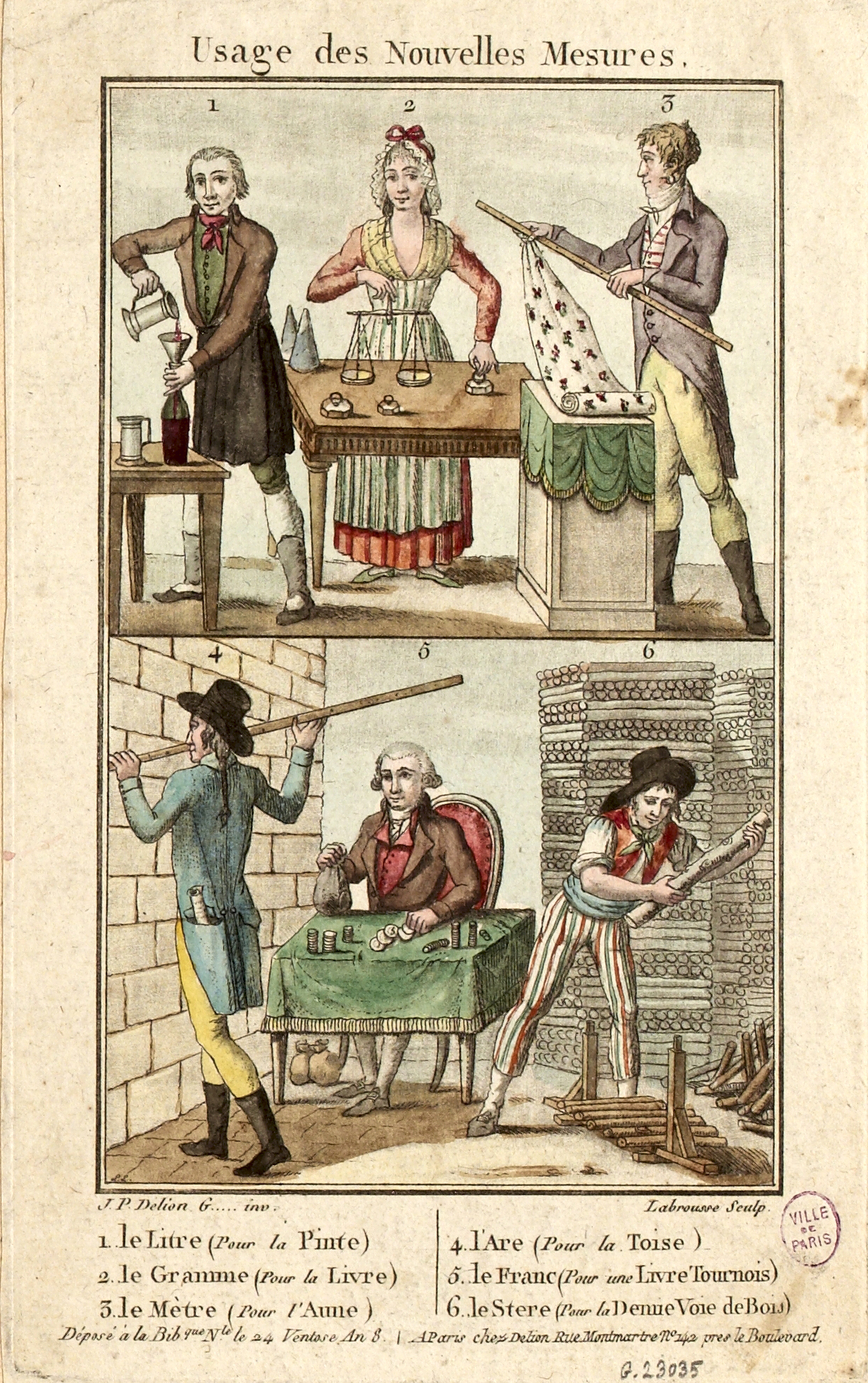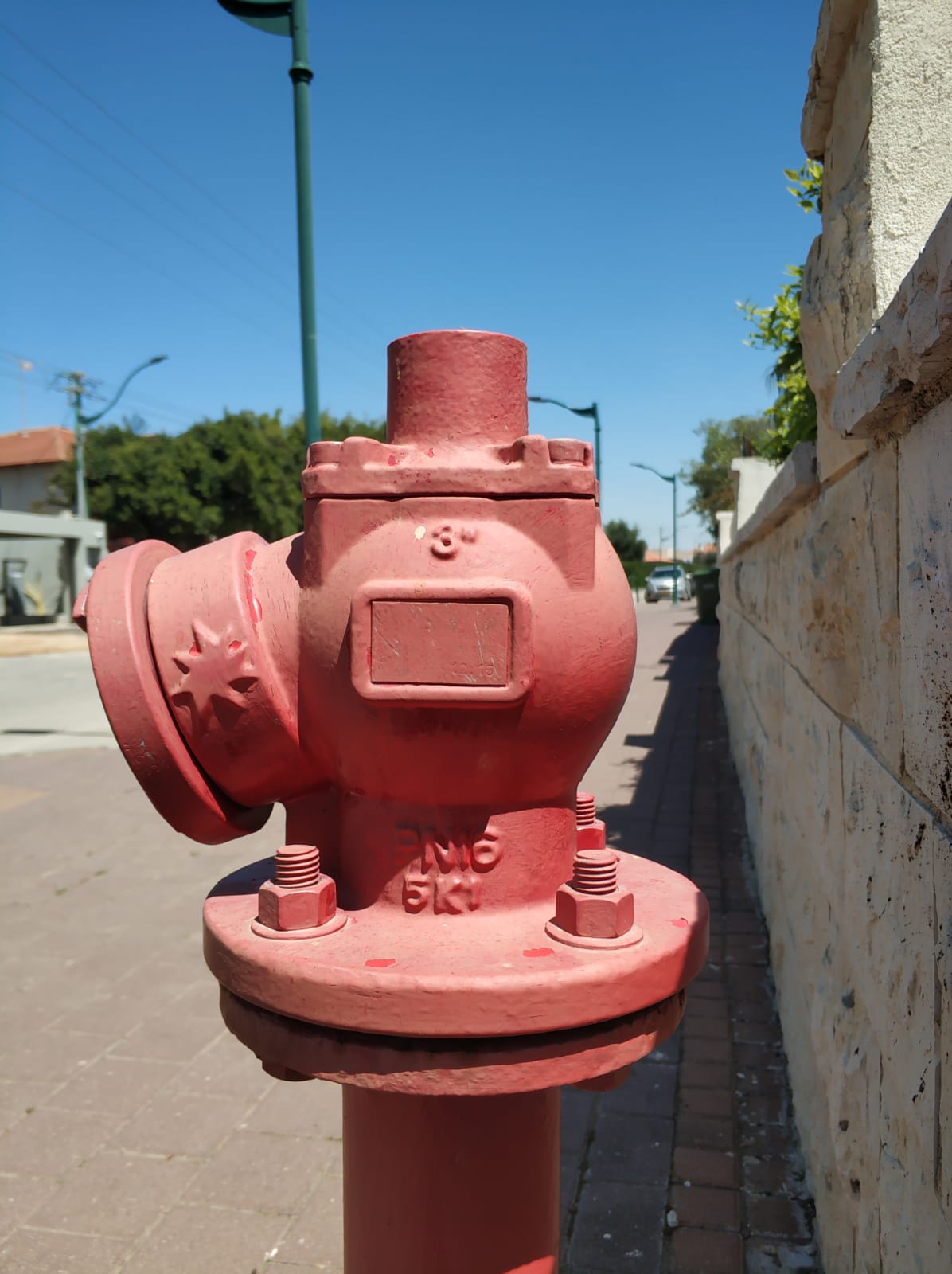|
Paris Inch
The Paris inch or pouce is an archaic unit of length that, among other uses, was common for giving the measurement of lenses. The Paris inch could be subdivided into 12 Paris lines (''ligne''), and 12 Paris inches made a Paris foot. The abbreviations are the same as for other inch and foot units, i.e.: for Paris foot a single prime symbol ( ′ ), for Paris inch a double prime symbol ( ″ ) and for Paris line a triple prime symbol ( ‴ ), The Paris inch is longer than the English inch and the Vienna inch, although the Vienna inch was subdivided with a decimal, not 12 lines. A famous measurement made using the Paris inch is the lens measurement of the first great refractor telescope, the Dorpat Great Refractor, also known as the Fraunhofer 9-inch. The 9-Paris inch diameter lens was made by Joseph von Fraunhofer, which works out to about 24.4 centimetres (9.59 English inches). This lens had the largest aperture of its day for an achromatic lens. The term for telesco ... [...More Info...] [...Related Items...] OR: [Wikipedia] [Google] [Baidu] |
French Units Of Measurement
200px, Table of the measuring units used in the 17th century at region of southeastern France France has a unique history of Unit of measurement, units of measurement due to its radical decision to invent and adopt the metric system after the French Revolution. In the Ancien régime and until 1795, France used a system of measures that had many of the characteristics of the modern Imperial System of units but with no unified system. There was widespread abuse of the king's standards, to the extent that the ''lieue'' could vary from 3.268 km in Beauce to 5.849 km in Provence. During the revolutionary era and motivated in part by the inhomogeneity of the old system, France switched to the first version of the metric system. This system was not well received by the public, and between 1812 and 1837, the country used the '' mesures usuelles'' – traditional names were restored, but the corresponding quantities were based on metric units: for example, the ''livre'' (poun ... [...More Info...] [...Related Items...] OR: [Wikipedia] [Google] [Baidu] |
Great Refractor
Great refractor refers to a large telescope with a lens, usually the largest refractor at an observatory with an equatorial mount. The preeminence and success of this style in observational astronomy defines an era in modern telescopy in the 19th and early 20th century. Great refractors were large refracting telescopes using achromatic lenses (as opposed to the mirrors of reflecting telescopes). They were often the largest in the world, or largest in a region. Despite typical designs having smaller apertures than reflectors, great refractors offered a number of advantages and were popular for astronomy. It was also popular to exhibit large refractors at international exhibits, and examples of this include the Trophy Telescope at the Great Exhibition, 1851 Great Exhibition, and the Yerkes Great Refractor at the World's Columbian Exposition, 1893 World's Fair in Chicago. A great refractor was often the centerpiece of a new 19th century observatory, but was typically used with an en ... [...More Info...] [...Related Items...] OR: [Wikipedia] [Google] [Baidu] |
Traditional French Units Of Measurement
The traditional French units of measurement prior to metrication were established under Charlemagne during the Carolingian Renaissance. Based on contemporary Byzantine and ancient Roman measures, the system established some consistency across his empire but, after his death, the empire fragmented and subsequent rulers and various localities introduced their own variants. Some of Charlemagne's units, such as the king's foot () remained virtually unchanged for about a thousand years, while others important to commercesuch as the French ell () used for cloth and the French pound () used for amountsvaried dramatically from locality to locality. By the 18th century, the number of units of measure had grown to the extent that it was almost impossible to keep track of them and one of the major legacies of the French Revolution was the dramatic rationalization of measures as the new metric system. The change was extremely unpopular, however, and a metricized version of the traditional ... [...More Info...] [...Related Items...] OR: [Wikipedia] [Google] [Baidu] |
International Inch
The inch (symbol: in or ) is a unit of length in the British Imperial and the United States customary systems of measurement. It is equal to yard or of a foot. Derived from the Roman uncia ("twelfth"), the word ''inch'' is also sometimes used to translate similar units in other measurement systems, usually understood as deriving from the width of the human thumb. Standards for the exact length of an inch have varied in the past, but since the adoption of the international yard during the 1950s and 1960s the inch has been based on the metric system and defined as exactly 25.4 mm. Name The English word "inch" () was an early borrowing from Latin ' ("one-twelfth; Roman inch; Roman ounce"). The vowel change from Latin to Old English (which became Modern English ) is known as umlaut. The consonant change from the Latin (spelled ''c'') to English is palatalisation. Both were features of Old English phonology; see and for more information. "Inch" is cognate with "ou ... [...More Info...] [...Related Items...] OR: [Wikipedia] [Google] [Baidu] |
English Inch
English usually refers to: * English language * English people English may also refer to: Culture, language and peoples * ''English'', an adjective for something of, from, or related to England * ''English'', an Amish term for non-Amish, regardless of ethnicity * English studies, the study of English language and literature Media * ''English'' (2013 film), a Malayalam-language film * ''English'' (novel), a Chinese book by Wang Gang ** ''English'' (2018 film), a Chinese adaptation * ''The English'' (TV series), a 2022 Western-genre miniseries * ''English'' (play), a 2022 play by Sanaz Toossi People and fictional characters * English (surname), a list of people and fictional characters * English Fisher (1928–2011), American boxing coach * English Gardner (born 1992), American track and field sprinter * English McConnell (1882–1928), Irish footballer * Aiden English, a ring name of Matthew Rehwoldt (born 1987), American former professional wrestler ... [...More Info...] [...Related Items...] OR: [Wikipedia] [Google] [Baidu] |
Description Observatoire De Bordeaux
Description is any type of communication that aims to make vivid a place, object, person, group, or other physical entity. It is one of four rhetorical modes (also known as ''modes of discourse''), along with exposition, argumentation, and narration. Fiction writing Fiction writing specifically has modes such as action, exposition, description, dialogue, summary, and transition. Author Peter Selgin refers to ''methods'', including action, dialogue, thoughts, summary, scenes, and description. Description is the mode for transmitting a mental image of the particulars of a story. Together with dialogue, narration, exposition, and summarization, it is one of the most widely recognized of the fiction-writing modes. As stated in ''Writing from A to Z'', edited by Kirk Polking, it is more than the amassing of details; it is bringing something to life by carefully choosing and arranging words and phrases to produce the desired effect. Purple prose A purple patch is an over-written pas ... [...More Info...] [...Related Items...] OR: [Wikipedia] [Google] [Baidu] |
Pricking Iron
In leathercraft, a pricking iron is a handheld tool resembling a fork that is used to create dimples in leather a fixed distance apart that can then be pierced with an awl and stitched. A pricking iron is different from a leather chisel in that a chisel is designed to pierce the holes, not just mark their position, and does not require follow-up with an awl. References Leather {{Tool-stub ... [...More Info...] [...Related Items...] OR: [Wikipedia] [Google] [Baidu] |
Sears Roebuck
Sears, Roebuck and Co., commonly known as Sears ( ), is an American chain of department stores and online retailer founded in 1892 by Richard Warren Sears and Alvah Curtis Roebuck and reincorporated in 1906 by Richard Sears and Julius Rosenwald, with what began as a mail-order catalog company migrating to opening retail locations in 1925, the first in Chicago. Through the 1980s, Sears was the largest retailer in the United States. In 2005, the company was bought by the management of the American big box discount chain Kmart, which upon completion of the merger, formed Sears Holdings. In 2018, it was the 31st-largest. After several years of declining sales, Sears' parent company filed for Chapter 11 bankruptcy on October 15, 2018. It announced on January 16, 2019, that it had won its bankruptcy auction, and that a reduced number of 425 stores would remain open, including 223 Sears stores. Sears was based in the Sears Tower in Chicago from 1973 until moving out to Hoffman ... [...More Info...] [...Related Items...] OR: [Wikipedia] [Google] [Baidu] |
Joseph Von Fraunhofer
Joseph Ritter von Fraunhofer (; ; 6 March 1787 – 7 June 1826) was a German physicist and optical lens manufacturer. He made optical glass, an achromatic telescope, and objective lenses. He developed diffraction grating and also invented the spectroscope. In 1814, he discovered and studied the dark absorption lines in the spectrum of the sun now known as Fraunhofer lines. The German research organization Fraunhofer Society, which is Europe's biggest Society for the advancement of applied research, is named after him. Fraunhofer lines are used in astronomy to determine the composition of celestial bodies. His epitaph reads , Latin for Biography Joseph Fraunhofer was the 11th child, born into a Roman Catholic family in Straubing, in the Electorate of Bavaria, to Franz Xaver Fraunhofer and Maria Anna Fröhlich. His father and paternal grandfather Johann Michael had been master glassmakers in Straubing. Fröhlich's family also came from a lineage of glassmakers going back to ... [...More Info...] [...Related Items...] OR: [Wikipedia] [Google] [Baidu] |
Length
Length is a measure of distance. In the International System of Quantities, length is a quantity with Dimension (physical quantity), dimension distance. In most systems of measurement a Base unit (measurement), base unit for length is chosen, from which all other units are derived. In the International System of Units (SI) system, the base unit for length is the metre. Length is commonly understood to mean the most extended size, dimension of a fixed object. However, this is not always the case and may depend on the position the object is in. Various terms for the length of a fixed object are used, and these include height, which is vertical length or vertical extent, width, breadth, and depth. ''Height'' is used when there is a base from which vertical measurements can be taken. ''Width'' and ''breadth'' usually refer to a shorter dimension than ''length''. ''Depth'' is used for the measure of a third dimension. Length is the measure of one spatial dimension, whereas area ... [...More Info...] [...Related Items...] OR: [Wikipedia] [Google] [Baidu] |
Vienna Inch
Vienna ( ; ; ) is the capital city, capital, List of largest cities in Austria, most populous city, and one of Federal states of Austria, nine federal states of Austria. It is Austria's primate city, with just over two million inhabitants. Its larger metropolitan area has a population of nearly 2.9 million, representing nearly one-third of the country's population. Vienna is the Culture of Austria, cultural, Economy of Austria, economic, and Politics of Austria, political center of the country, the List of cities in the European Union by population within city limits, fifth-largest city by population in the European Union, and the most-populous of the List of cities and towns on the river Danube, cities on the river Danube. The city lies on the eastern edge of the Vienna Woods (''Wienerwald''), the northeasternmost foothills of the Alps, that separate Vienna from the more western parts of Austria, at the transition to the Pannonian Basin. It sits on the Danube, and is ... [...More Info...] [...Related Items...] OR: [Wikipedia] [Google] [Baidu] |





